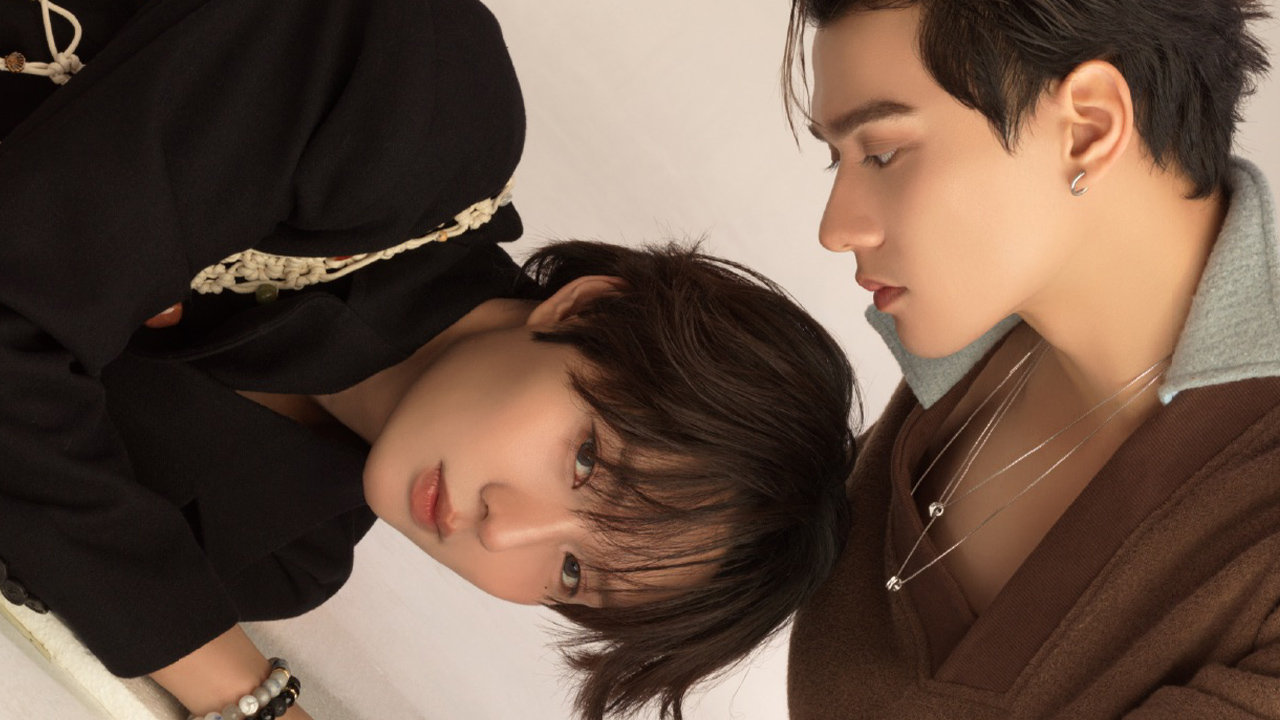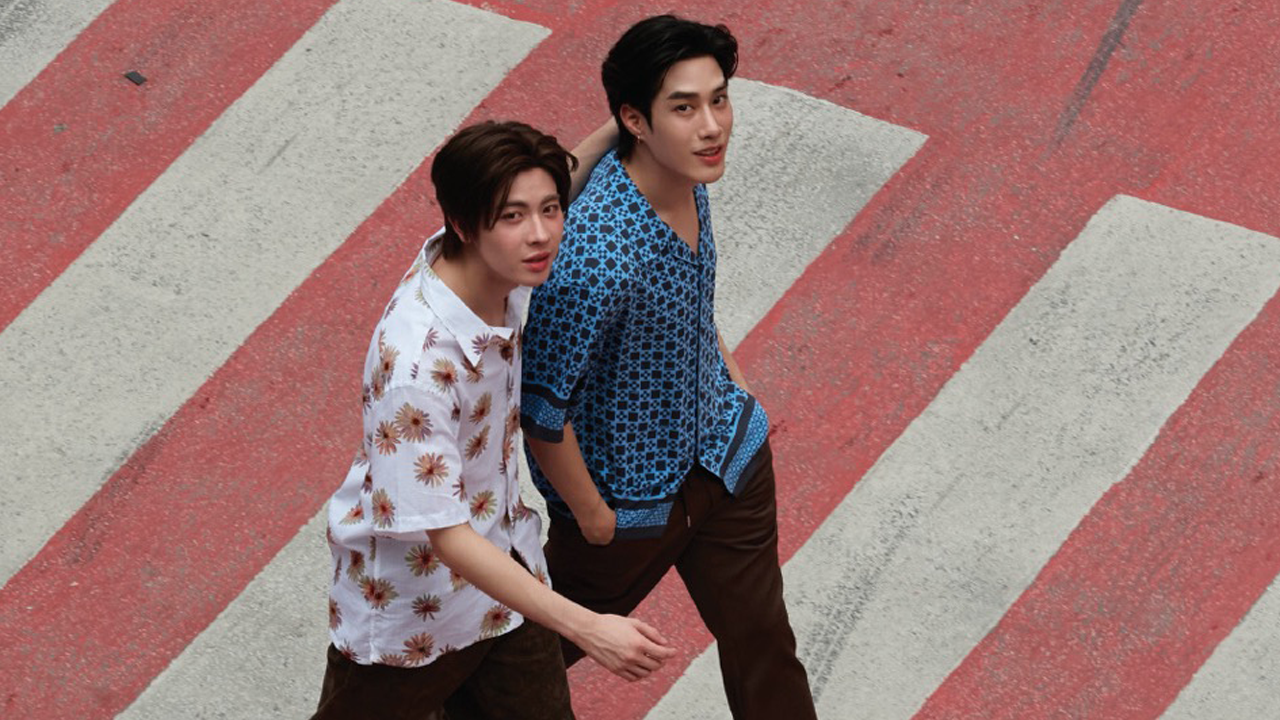If there was one creative reset that sent shockwaves through Europe’s fashion circuit this year, it would be the arrival of Jack McCollough and Lazaro Hernandez, founders of Proenza Schouler, as the new creative directors of Loewe, the 179-year-old Spanish luxury house. Having left their New York studio earlier this year, the duo said, “We still wake up every morning excited, and it’s because we feel so free to do exactly what we want to do,” McCollough told Business of Fashion just hours before the show. “It’s about reconnecting with what we call the creative side of our souls.”

Six months after relocating to Paris, the pair spent their time cocooned in their design studio, mapping out a new path for the brand that began life in 1846 as a royal leather workshop in Madrid. Today, however, Loewe faces a different challenge, how to maintain its position as one of LVMH’s most creative and dynamic houses while broadening its commercial reach and accessibility.
McCollough and Hernandez are not here to dismantle the legacy left by Jonathan Anderson, who redefined Loewe over the past 11 years. Rather, they are, in their own words, “threading the needle.” They’re preserving Loewe’s Spanish soul and exceptional craftsmanship while steering the house out of the world of conceptual art into a realm that feels spontaneous and truly wearable. “Spain has this heat, this sunniness, this ferocity,” McCollough said. “It’s energy. It’s vitality. And we wanted that to seep into every look we designed.”
The Spanish spirit revealed itself right from the entrance, a bright installation of Ellsworth Kelly’s Yellow Panel with Red Curve, borrowed from a collector friend, bathing the space in golden light. The painting’s vivid red and yellow hues became the palette of the collection, a direct yet poetic nod to the Spanish flag reimagined with new sensuality and motion. “We wanted the feeling of heat, of sensuality, of skin, of the body,” Hernandez said. “It’s about freedom of expression, an emotion that’s fierce and fiery and hot.”

What followed on the runway was a Loewe that looked completely transformed yet spiritually intact. The sculptural lines once emblematic of Anderson’s tenure were softened and made more fluid, leather became thinner, glossier, and more supple, hugging the body with ease through techniques like ultra-thin skived leather and thermal bonded seams. The result: jackets that moved with the body, as if sculpture itself had learned to breathe.
“We’re not yarn-y, we’re not ceramic-y, that’s Jonathan’s handwriting, and he’s amazing, but it’s not us,” Hernandez said plainly. “We need to take the codes of Loewe and interpret them in our own vernacular. We want people to walk away from the show saying, ‘Oh my God, that was so Jack and Lazaro,’ but also, ‘That was so Loewe.’”

The collection included straight-leg jeans crafted from shredded leather that resembled dragon scales yet felt feather-light, hand-painted leather shirts made to look like cotton, and T-shirts knitted from leather yarn threaded with wire to create permanent ripples. There were even terry-like dresses produced through 3D printing, their surface as plush as velvet. “We’re American, we can’t hide from that,” McCollough added. “There’s a certain sensibility in dressing that we grew up with, and we wanted that to exist within Loewe.”
That explains why this collection carried a more “real-world” sportswear energy, scuba-inspired leather jackets, preppy V-neck knits intentionally twisted off-kilter, and layered striped shirts that looked equally suited for the office or the beach. It was New York sportif meeting Madrid heat, rendered with unmistakable finesse.

At the same time, McCollough and Hernandez were fully aware of what keeps Loewe’s heart beating, the bags. They introduced a one-handle Amazona that opens like the doors of a Lamborghini, a bucket bag embroidered with jangling leather mussel shells evoking the Balearic islands, and a rectangular suede laptop bag, which many noted as a nostalgic nod to their own PS1, the piece that defined Proenza Schouler’s early fame.
These weren’t just design choices, they were strategic signals. Loewe is expanding its customer base from art-driven collectors to a younger generation of luxury consumers seeking something both sophisticated and practical. The return of large, functional bags and the extensive use of leather in ready-to-wear demonstrate an intent to








